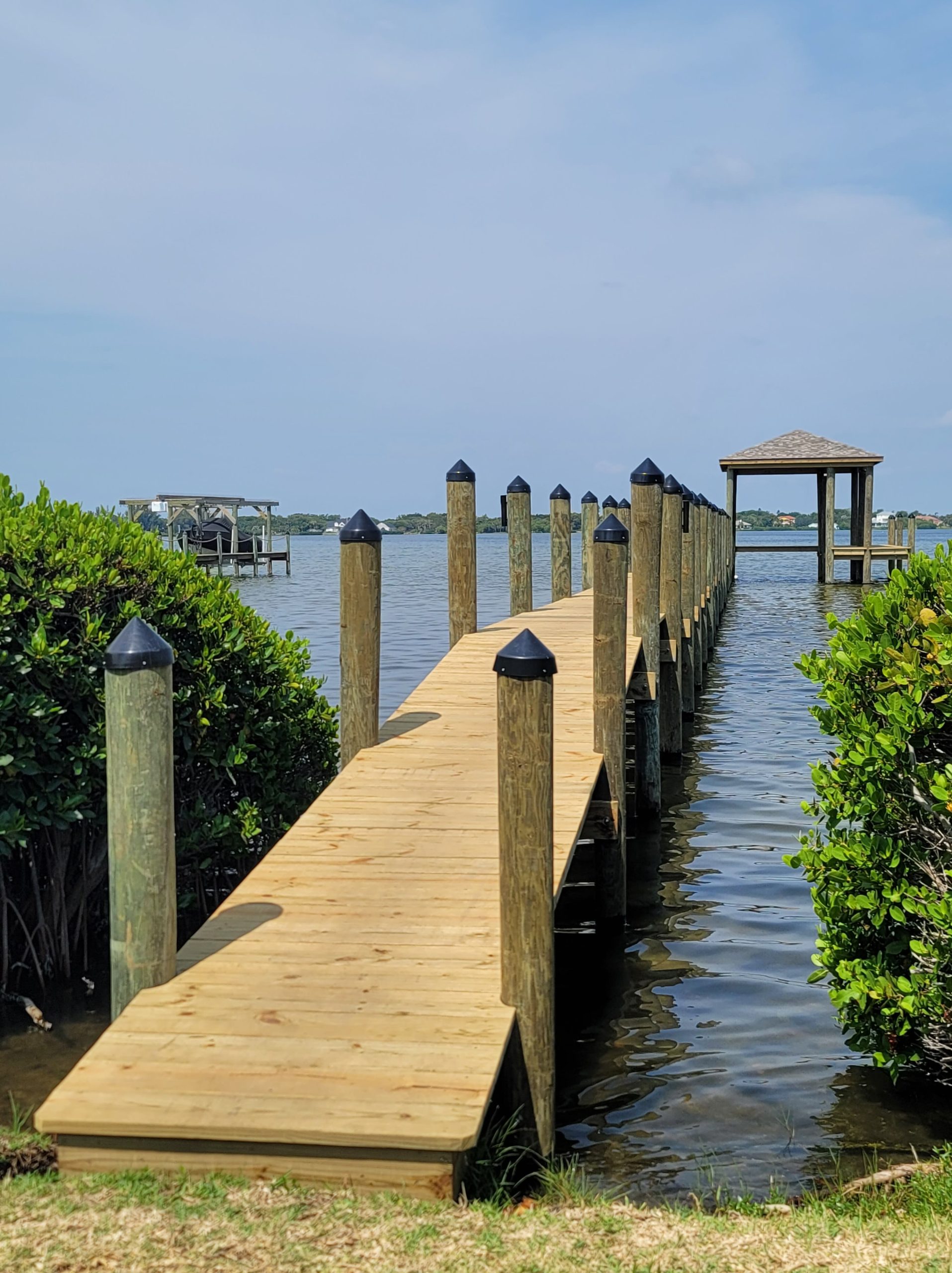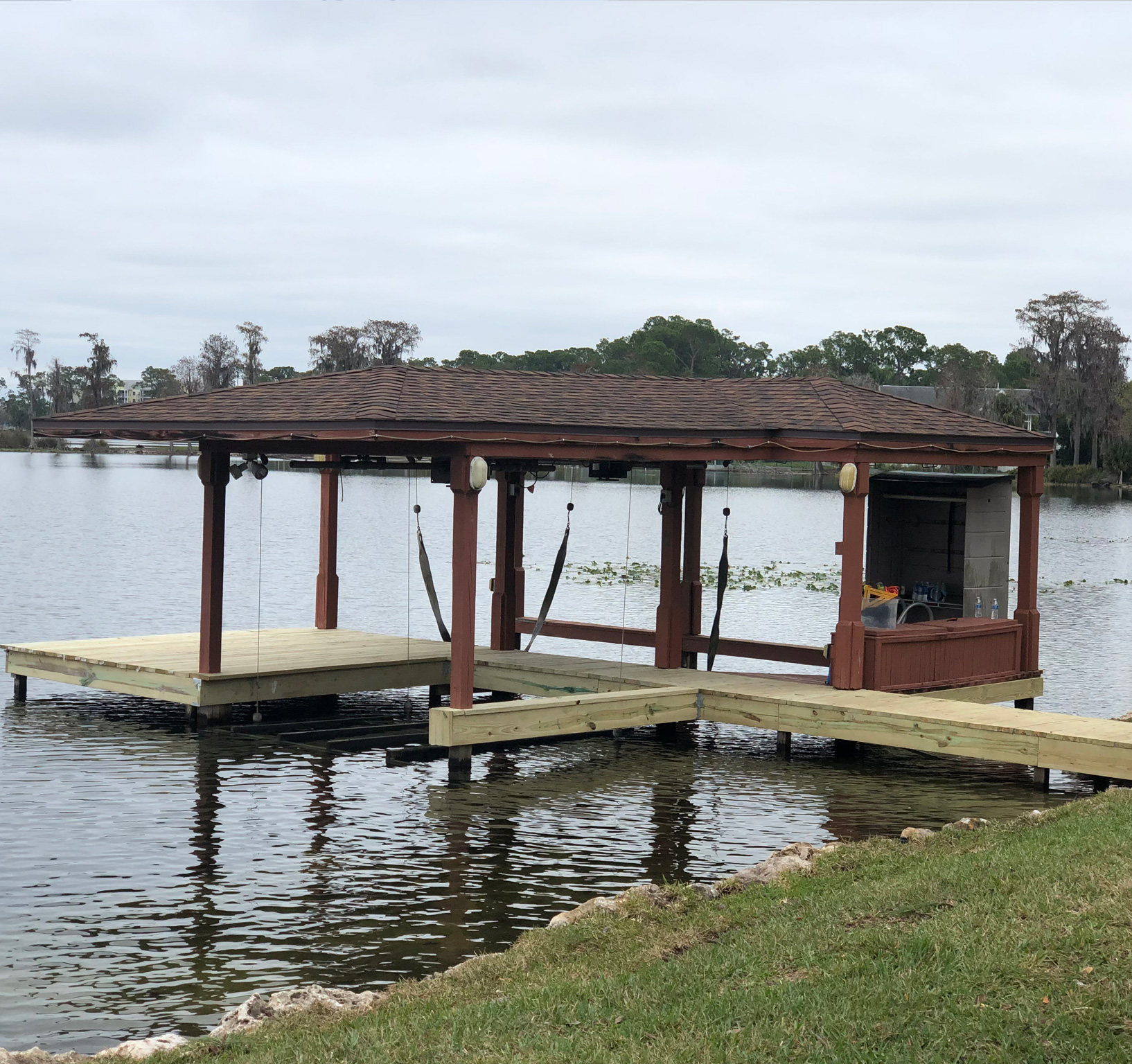The Importance of Timely Dock Repairs for Beachfront Safety
The Importance of Timely Dock Repairs for Beachfront Safety
Blog Article
Efficient Dock Repair Work Techniques: Making Sure Structural Honesty
Making certain the structural stability of anchors via effective fixing techniques is extremely important for the longevity and security of marine facilities. This includes a multi-faceted method starting with comprehensive examinations utilizing advanced technologies like sonar devices and remotely ran lorries (ROVs) to spot both visible and concealed damages. Ultimately, choosing the ideal repair products, such as composite products and corrosion-resistant alloys, is vital for sturdiness. Structural reinforcement techniques, including the implementation of cross-bracing systems and load-distribution plates, play a vital duty in mitigating tension points. However, the importance of these strategies becomes evident when discovering innovative repair service approaches and preventative maintenance strategies.
Examining Dock Damage
Assessing dock damages is a vital first action in guaranteeing the structural honesty and safety of any kind of docking center. Trick aspects to check out consist of the dock's foundation, pilings, decking, and equipment (Dock Repairs).
Structural designers or certified assessors generally execute these analyses using specialized devices and methods. Underwater assessments could employ finder equipment or remotely operated vehicles (ROVs) to find immersed damages. Over water, aesthetic examinations are matched by utilizing moisture meters and various other diagnostic tools to discover underlying issues not instantly noticeable to the nude eye.

Picking Fixing Products
Picking the proper repair materials is a crucial action in the dock restoration procedure, one that directly affects the durability and efficiency of the fixed framework. Material selection must be driven by aspects such as ecological conditions, load-bearing requirements, and compatibility with existing dock components. Wood is a conventional choice for anchors due to its natural durability and visual charm. Choosing the appropriate type of wood, such as pressure-treated lumber or normally rot-resistant species like cedar or teak, is critical to hold up against water environments.
Along with wood, composite products are increasingly popular because of their longevity and reduced maintenance demands. Composites, commonly made from a mix of plastic and wood fibers, offer outstanding resistance to rot, bugs, and UV damage. For steel anchors, picking corrosion-resistant alloys such as galvanized steel or marine-grade aluminum is vital to protect against rust and ensure structural integrity in saline water conditions.
Epoxy resins and marine-grade sealants are indispensable for fixing splits and sealing joints, providing a water-proof obstacle and enhancing the dock's overall toughness. By meticulously choosing premium products, dock repairs can attain resilient results, therefore guarding against future destruction and making certain secure, dependable usage.
Architectural Support Methods
Reliable architectural support methods are critical in making sure the security and longevity of dock repair services. One essential method involves making use of steel or composite support bars (rebar) within concrete frameworks. Rebar provides added tensile stamina, stopping cracks and distributing loads extra evenly. This method is particularly effective for anchors exposed to hefty loads or harsh ecological problems.
One more crucial strategy is the application of learn this here now fiber-reinforced polymers (FRP) These materials use reference high strength-to-weight ratios and exceptional resistance to deterioration, making them perfect for enhancing concrete or wooden anchors. FRP can be used in strips or sheets and bound with epoxy materials to improve architectural stability.
Bracing and anchoring systems additionally play an important function in structural reinforcement. Cross-bracing, utilizing metal or wood beams, can combat lateral forces, decreasing guiding and activity. Anchoring systems, such as helical piers or driven heaps, give a secure structure by moving loads to much deeper, a lot more stable dirt layers.
Lastly, the assimilation of load-distribution plates can assist disperse weight much more equally throughout the dock's surface area, reducing local anxiety points. These techniques collectively ensure that anchors stay robust and secure, with the ability of standing up to the rigors of their operational environment.
Advanced Repair Approaches

An additional sophisticated technique involves underwater welding, which permits repair work to be conducted without the requirement to dewater the location. This approach is particularly useful for resolving structural issues in immersed dock parts, guaranteeing marginal disturbance to operations. Improved welding strategies, combined with robotic systems, deliver precision and integrity, consequently extending the life-span of the dock.
Additionally, cathodic protection systems are implemented to avoid deterioration in metallic dock structures. By utilizing sacrificial anodes or satisfied current systems, these techniques successfully reduce the electrochemical procedures that lead to product deterioration.
Last but not least, progressed monitoring modern technologies, such as structural wellness monitoring (SHM) systems, give real-time information on the problem of dock structures. These systems allow aggressive maintenance and timely interventions, inevitably making certain the long-term architectural honesty of the dock.
Upkeep and Avoidance
Upkeep and avoidance are essential principles that underpin the long life and safety and security of dock frameworks. Regular evaluations are vital, enabling very early discovery of damage, prospective weak points, and environmental impacts. An aggressive strategy, entailing routine look for rust, rot, and architectural shifts, reduces expensive fixings and extends the dock's functional life.
Safety nets ought to include applying protective finishings to steel parts to secure versus corrosion and making use of treated timber to stand up to decay. Additionally, making sure appropriate water drainage and air flow can protect against water buildup, which is a common source of architectural degradation. Incorporating quality products and sticking to maker standards throughout building and construction and fixing phases likewise play crucial roles in improving sturdiness.

Educating personnel in dock maintenance finest practices makes sure regular application of safety nets. Leveraging technological breakthroughs, such as drones for inspections and sensing units for real-time surveillance, can even more improve maintenance initiatives. By focusing on upkeep and prevention, dock owners can ensure architectural integrity, operational security, and cost-effective administration over the dock's lifespan.
Verdict
In conclusion, keeping the structural integrity of marine centers demands thorough dock repair work methods. Advanced fixing methods, coupled with normal maintenance practices, guarantee the dock remains functional and safe under varied environmental conditions.
Ensuring the architectural honesty of anchors with efficient repair service techniques is paramount for the longevity and safety of aquatic facilities.Picking the proper repair work products is a crucial action in the dock remediation process, one that directly affects the longevity and performance of the repaired framework.Reliable structural support techniques are crucial in making sure the security and durability of dock fixings. By focusing on maintenance and avoidance, dock owners can make certain architectural honesty, operational safety and security, and affordable management over the dock's life-span.
In verdict, keeping the architectural honesty of aquatic facilities necessitates extensive dock repair work techniques.
Report this page